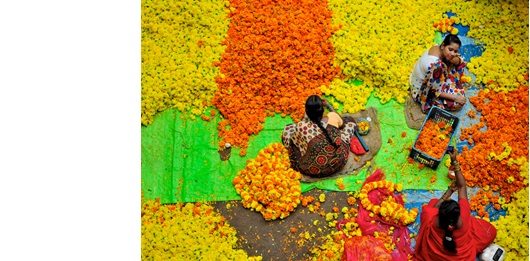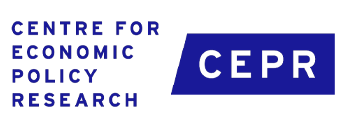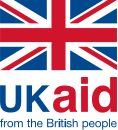Recent research on microenterprises has provided evidence that small business owners often make mistakes in their investment decisions. However, the literature has not yet captured the magnitude of deviations from the optimum and the overall potential gains available. The primary goal of this project is, hence, to investigate the extent to which a population of micro-entrepreneurs, namely flower stringers in Chennai, India, maximizes profits. The second goal of this project is also to explore underlying reasons for potential deviations from optimality, including both behavioural forces such as income-targeting, and rational forces such as credit constraints.
The study will employ complementary field and lab components with the same participants, self-employed female flower stringers in Chennai. This will enable the researchers to capture real world choices in a natural environment, and any corresponding losses due to these choices, while providing internally valid causal estimates of the impact of interventions targeting underlying decision-making factors. The field component will gather data on the optimal and actual profits under differing production and input choices, such as how many flowers to purchase and the density with which flowers are strung. The lab component will provide complementary data where all elements of the profit function can be controlled, cleanly manipulated, and precisely measured.
This research is designed to test the relative importance of a variety of decision-making factors in productivity and profitability. This knowledge is directly relevant to the design of policies to improve the productivity of micro-entrepreneurs. Because of the focus on female micro-entrepreneurs, this research aims to improve women’s positions via their ability to generate independent income, and also aims to build on recent literature which suggests that credit interventions may be less effective for women by investigating a range of other potentially important decision-making factors.






